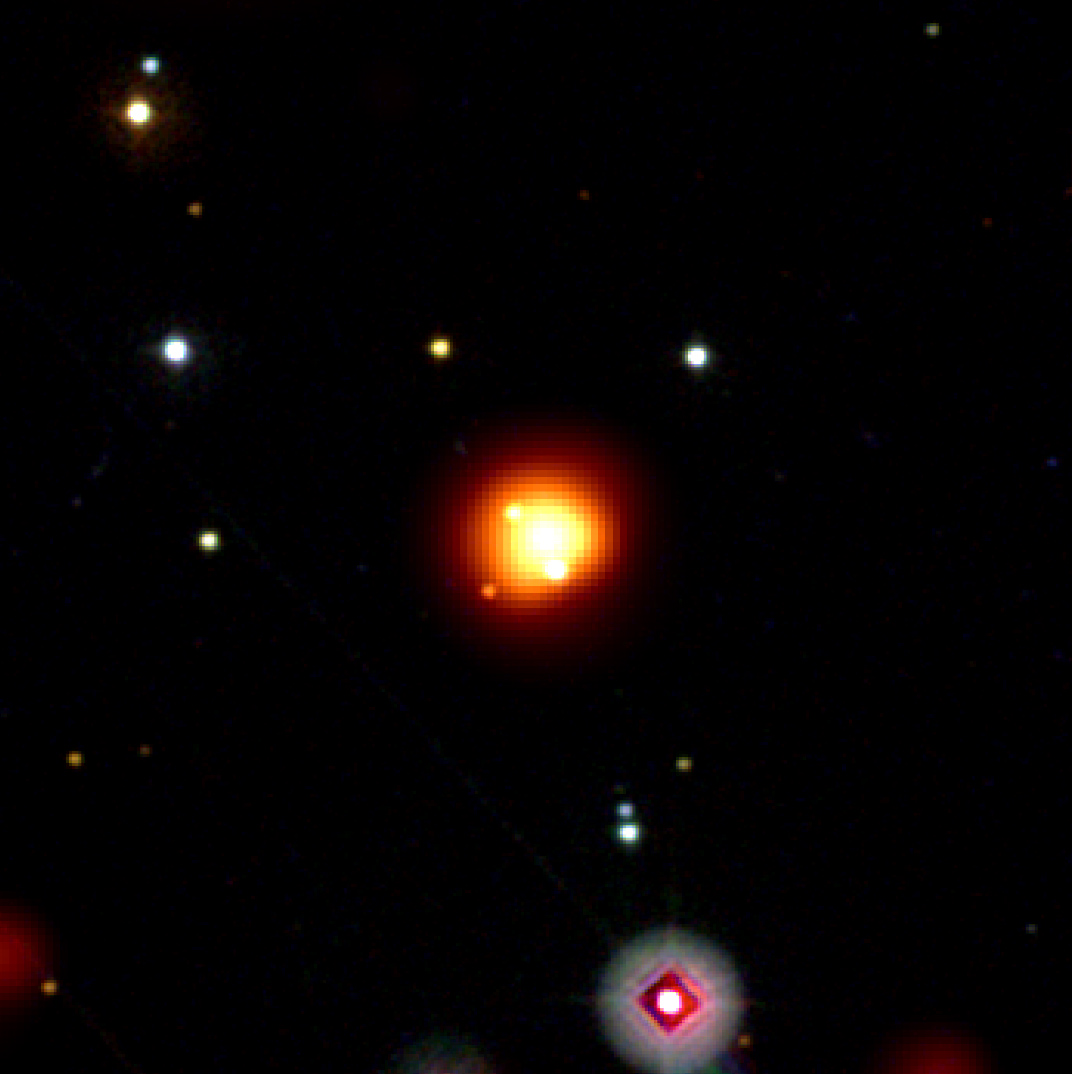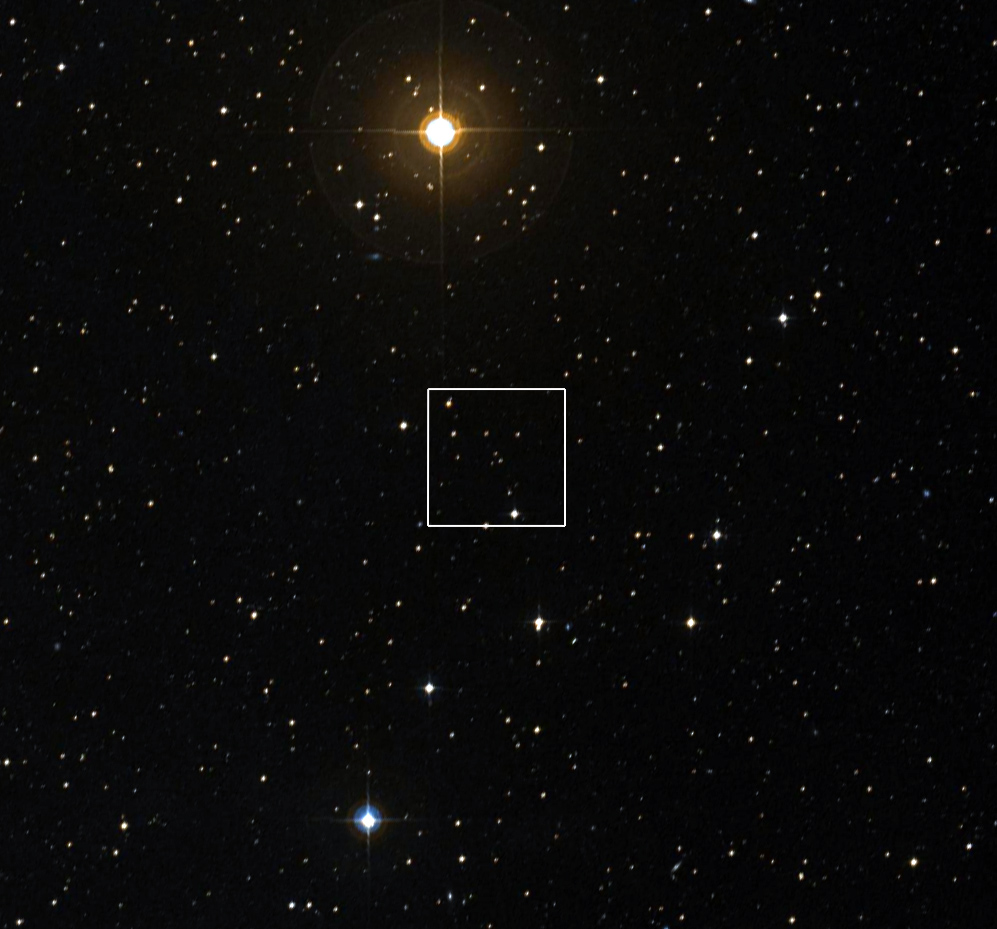A gamma-ray burst is, in a sense, a look back in time. Scientists have now seen one that happened farther back in time than any other seen before. Even before the existence of the Milky Way.
Gamma-ray bursts (GRBs) are the most powerful and brightest explosions of energy in our universe. They last only a few milliseconds to several minutes and they outshine all other sources of gamma rays combined. Astronomers now think that most GRBs are associated with the explosive deaths of massive stars. These stars collapse and explode when they run out of nuclear fuel.

Because light moves at finite speed, looking farther into the universe means looking back in time. GRB 080913's "lookback time" reveals that the burst occurred less than 825 million years after the universe began. This burst came from an exploding star 12.8 billion light-years away, with one light-year being the distance light travels, at a speed 186,000 miles per second, in one year.
"This is the most amazing burst Swift has seen," says the mission’s lead scientist Neil Gehrels at Goddard Space Flight Center in Greenbelt, Md. "It's coming to us from near the edge of the visible universe."

Gamma rays from the far-off explosion triggered Swift's Burst Alert Telescope at 1:47 a.m. EDT on Sept. 13. The spacecraft established the event's location in the constellation Eridanus and quickly turned to examine the spot. Less than two minutes after the alert, Swift's X-Ray Telescope began observing the position. There, it found a fading, previously unknown X-ray source.
Astronomers on the ground followed up as well. Using a 2.2-meter telescope at the European Southern Observatory in La Silla, Chile, a group led by Jochen Greiner at the Max Planck Institute for Extraterrestrial Physics in Garching, Germany, captured the bursts fading afterglow.
The telescope's software listens for alerts from Swift and automatically slewed to the burst position. Then, the team's Gamma-Ray Burst Optical/Near-Infrared Detector, or GROND, simultaneously captured the waning light in seven wavelengths. "Our first exposure began just one minute after the X-Ray Telescope started observing," Greiner says.
In certain colors, the brightness of a distant object shows a characteristic drop caused by intervening gas clouds. The farther away the object is, the longer the wavelength where this fade-out begins. GROND exploits this effect and gives astronomers a quick estimate of an explosion's shift toward the less energetic red end of the electromagnetic spectrum, or "redshift," which suggests its record-setting distance.
An hour and a half later, as part of Greiner's research, the Very Large Telescope at Paranal, Chile, targeted the afterglow. Analysis of the spectrum with Johan Fynbo of the University of Copenhagen established the blasts redshift at 6.7 -- among the most distant objects known.
Gamma-ray bursts are the universe's most luminous explosions. Most occur when massive stars run out of nuclear fuel. As their cores collapse into a black hole or neutron star, gas jets -- driven by processes not fully understood -- punch through the star and blast into space. There, they strike gas previously shed by the star and heat it, which generates bright afterglows.
The previous record holder was a burst with a redshift of 6.29, which placed it 70 million light-years closer than GRB 080913.





Comments